Blog
Jewellok is a professional pressure regulator and valve manufacturer and supplier.
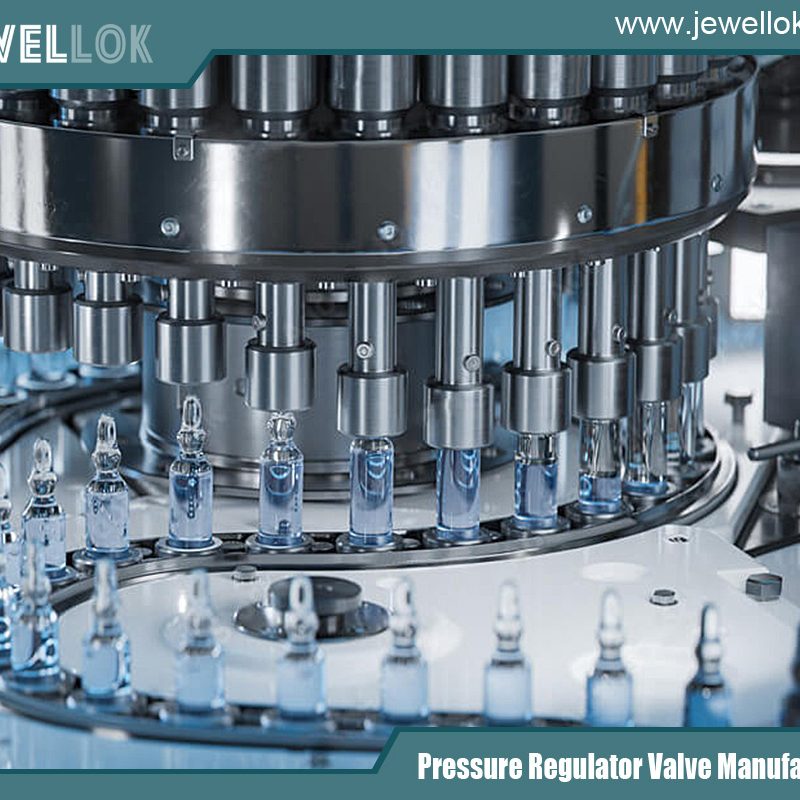
The Applications, Principles and Types of Water Solenoid Valve
- Pressure Regulator Valve Manufacturer
- 10000 Psi Needle Valve Manufacturer, 12v electric valve, 2 electric valve, 2 inch irrigation solenoid valve, 3 piece ball valves in thailand, 3000psi High Pressure Stainless Steel Diaphragm Valve, 316 SS ball valves factory, 316 SS ball valves manufacturer, 316 ss ball valves manufacturer Thailand, 316 SS ball valves supplier, 316 stainless steel ball valves, 316l stainless steel ball valve manufacturer, 316l stainless steel ball valve manufacturer in bangkok, 316L stainless steel ball valve manufacturer in thailand, 316l stainless steel diaphragm valve, 316l stainless steel diaphragm valve Thailand, adjust gas valve pressure, adjustable hydraulic flow control valve, adjustable propane pressure regulator, Air Compressor Check Valve, Back Pressure Regulating Valve, back pressure regulator manufacturers, Brass Pressure Regulator, Changeover Manifold, Diaphragm Valve Manufacturers, Double Block and Bleed valve manufacturers, Flexible Hose Tubing, Gas Flow Meter, Gas Pressure Test Gauge, Gas Solenoid Valve, high purity valves manufacturers, Medical Oxygen Regulator, Pneumatic Pressure Control Valve, pressure gauge manufacturers, ss diaphragm valve manufacturers, Stainless Steel Ball Valve, Stainless Steel Diaphragm Valve, Stainless Steel Diaphragm Valve Manufacturer, Stainless Steel Needle Valve, Stainless Steel Pressure Regulator, Stainless Steel Tube Fittings, Water Solenoid Valve, water solenoid valve 24v, water solenoid valves manufacturer, Water solenoid valves market, Water solenoid valves supplier
- No Comments
The Applications, Principles and Types of Water Solenoid Valve
A water solenoid valve is an electromechanical device designed to control the flow of water in various systems. It operates by using an electromagnetic coil, known as a solenoid, to actuate a plunger or diaphragm that opens or closes the valve orifice, thereby regulating water passage. These valves are essential in modern fluid control applications because they provide precise, automated, and reliable operation without the need for manual intervention. Unlike traditional mechanical valves, solenoid valves convert electrical signals into mechanical motion, making them ideal for integration into automated systems.
he importance of water solenoid valves cannot be overstated. In a world facing increasing water scarcity and the need for efficient resource management, these valves play a crucial role in conserving water, preventing leaks, and ensuring precise delivery in both domestic and industrial settings. For instance, they are commonly found in household appliances like washing machines and dishwashers, where they control water intake, as well as in large-scale irrigation systems that optimize agricultural water use. Their ability to respond quickly to electrical signals—often within milliseconds—allows for real-time adjustments, enhancing efficiency and safety.
Solenoid valves for water are typically constructed from materials like brass, stainless steel, or plastic to resist corrosion and handle varying pressures and temperatures. They come in different configurations, such as normally closed (NC) or normally open (NO), depending on whether the valve remains shut or open without power. This versatility makes them adaptable to a wide range of pressures, from low vacuum to high-pressure systems up to several hundred psi. As global demands for smart water management grow, understanding the fundamentals of these valves becomes vital for engineers, technicians, and end-users alike.

The evolution of solenoid valves has mirrored advancements in electromagnetism and materials science, transforming them from simple on-off devices to sophisticated components in IoT-enabled systems. This article delves into the history, working principles, types, applications, advantages, disadvantages, maintenance, and future trends of water solenoid valves, providing a comprehensive overview for anyone interested in this technology.
History and Development
The concept of the solenoid dates back to the early 19th century. In 1823, French physicist André-Marie Ampère coined the term “solenoid” while studying electromagnetism, describing a coil of wire that produces a magnetic field when current flows through it. This foundational discovery laid the groundwork for practical applications. By the late 1820s, Ampère had invented the basic solenoid mechanism, which involved a movable iron core within the coil. The first commercial solenoid valve emerged in 1910 when ASCO Numatics (now part of Emerson) developed and manufactured a device for controlling fluid flow.
Initially used in industrial processes, these early valves were rudimentary, often limited by materials that couldn’t withstand high temperatures or corrosive fluids. The 1940s saw innovations during World War II, including the rotary solenoid invented in 1944 by engineer Earl W. Kerman for military applications like aircraft controls.
Post-war developments accelerated in the 1950s. Bürkert pioneered plastic-molded body solenoid valves, improving chemical resistance and reducing weight. The 1960s introduced new materials like reinforced nylon and fluoroplastics, enhancing performance for high-temperature steam and water applications.
This era also saw the adaptation of solenoid valves for water-specific uses, such as in irrigation and household appliances.By the 1970s and 1980s, advancements in electronics allowed for more precise control, with the integration of pilot-operated designs that handled higher pressures with lower power consumption. The 1990s brought digital controls and miniaturization, enabling valves to fit into compact devices like medical equipment and vending machines.In recent decades, the focus has shifted to sustainability and smart technology. Innovations like low-power coils and IoT integration have made water solenoid valves more energy-efficient and remotely operable.
Today, companies like Parker Hannifin continue to evolve designs, such as supercoil technology for better reliability in hydraulic systems. The history of water solenoid valves reflects a journey from basic electromagnetic principles to integral components in global water management, driven by the need for efficiency and automation.
Working Principle
The working principle of a water solenoid valve revolves around electromagnetism. At its core, the valve consists of a solenoid coil, a plunger (or armature), a spring, and a valve body with an orifice. When no electrical current is applied, the valve’s state depends on its design: in a normally closed valve, the spring holds the plunger against the orifice, sealing it and preventing water flow. In a normally open valve, the orifice remains open until energized.
Upon applying voltage to the coil, an electric current generates a magnetic field. This field magnetizes the plunger, pulling it against the spring force. In direct-acting valves, this movement directly lifts the plunger from the orifice, allowing water to flow through. The process is rapid, often completing in 10-50 milliseconds.
For water control, the valve body is typically made of materials resistant to rust, such as brass or PVC, with seals like NBR or EPDM to ensure watertight operation. The coil is insulated to handle AC or DC voltages, commonly 12V, 24V, or 220V. De-energizing the coil dissipates the magnetic field, and the spring returns the plunger to its original position, closing the valve.
In pilot-operated valves, suitable for higher water pressures, the solenoid controls a small pilot orifice. Opening this pilot allows pressure differential to act on a diaphragm or piston, which then opens the main orifice. This design requires minimal power but needs a minimum pressure difference to function.
Components include the coil (copper wire wound around a bobbin), plunger (ferromagnetic material), sleeve tube (non-magnetic guide), valve body (with inlet/outlet ports), and seals. For water applications, anti-water hammer features may be added to prevent pressure spikes. This principle ensures reliable on-off control, making solenoid valves indispensable for automated water systems. Variations like latching valves use permanent magnets to hold states with pulse power, saving energy in battery-operated setups.
Types of Water Solenoid Valves
Water solenoid valves are classified based on their operating mechanism, configuration, and application specifics. The primary types are direct-acting, indirect-acting (pilot-operated), and semi-direct-acting.
Direct-acting valves use the solenoid’s force directly to open or close the orifice. They are simple, with no minimum pressure requirement, making them ideal for low-pressure water systems like drip irrigation or laboratory setups. However, they consume more power and are limited to smaller sizes (up to 1/2 inch) and lower flows.
Advantages include fast response and reliability in vacuum or low-pressure environments. Indirect-acting or pilot-operated valves rely on fluid pressure to assist opening. The solenoid opens a pilot hole, creating a pressure imbalance that lifts the diaphragm to open the main path. These are efficient for high-pressure water lines, such as municipal supplies or industrial cooling systems, handling larger flows with less energy. A drawback is the need for a minimum differential pressure (typically 0.5 bar), so they’re unsuitable for gravity-fed systems.
Semi-direct-acting valves combine elements of both, using solenoid force plus pressure assistance. They operate from zero pressure but manage higher flows, making them versatile for variable water conditions in agriculture or HVAC. By configuration, two-way valves control single flow paths (on/off), three-way divert or mix flows (e.g., in water treatment), and four-way are used in complex systems like pneumatics but adapted for water in some cases. Materials vary: brass for general water, stainless steel for potable or corrosive water, and plastic for low-cost, lightweight applications. Voltage types include AC for standard power and DC for battery systems. Specialized types for water include anti-siphon valves for irrigation to prevent backflow, and zero-differential valves for low-pressure scenarios. Choosing the right type depends on factors like pressure, flow rate, and power availability, ensuring optimal performance in water control.
Components
Key components of a water solenoid valve include the solenoid coil, plunger assembly, valve body, seals, and spring. The coil, made of enameled copper wire, generates the magnetic field. It’s rated for specific voltages and duty cycles to prevent overheating. The plunger, often stainless steel or iron, moves within a non-magnetic sleeve to avoid sticking. Seals, like Viton or silicone, ensure leak-proof operation under water pressure. The valve body houses ports and is engineered for durability. Additional parts like filters prevent debris clogging.
Applications
Water solenoid valves find extensive use across sectors. In households, they regulate water in washing machines, dishwashers, and refrigerators, preventing floods by shutting off during malfunctions. In industry, they control processes in water treatment plants, cooling towers, and bottling lines, ensuring precise dosing and flow. For agriculture, irrigation systems use them for automated watering, reducing waste through timers or sensors. Smart farming integrates them with IoT for soil-moisture-based control. Other applications include fire suppression, car washes, and medical devices like dialysis machines.
Advantages and Disadvantages
Advantages include fast response, low power use, remote operation, and cost-effectiveness.
They are compact and compatible with automation. Disadvantages: Sensitivity to voltage fluctuations, limited high-pressure handling without pilots, and potential water hammer. Debris can cause sticking, and they may not suit very high flows.
Installation and Maintenance
Installation involves aligning flow direction, securing connections, and wiring correctly. Avoid over-tightening to prevent damage. Maintenance: Regularly inspect for leaks, clean filters, and test coils for continuity.
Troubleshooting: If not opening, check power, debris, or coil burnout. Water hammer? Install regulators.
Future Trends and Innovations
Future innovations include smart valves with IoT for remote monitoring, eco-friendly materials, and latching designs for energy savings. Advances in low-power tech and customization will enhance efficiency.

Conclusion
Water solenoid valves are pivotal in efficient fluid control, evolving from historical inventions to modern essentials. Their reliability and adaptability promise continued relevance in sustainable water management.
For more about the applications, principles and types of water solenoid valve, you can pay a visit to Jewellok at https://www.jewellok.com/ for more info.
Recent Posts
Which Gas Pressure Regulator is Best for Laboratory Use?
Complete Guide to Choosing the Best High Pressure Nitrogen Gas Regulator
Tags
Recommended Products
-
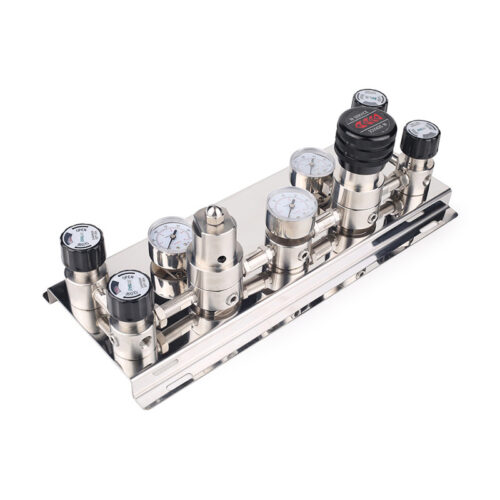
Automatic Gas Switchover System Automatic Switchover Manifold Automatic Gas Cylinder Switchover
-
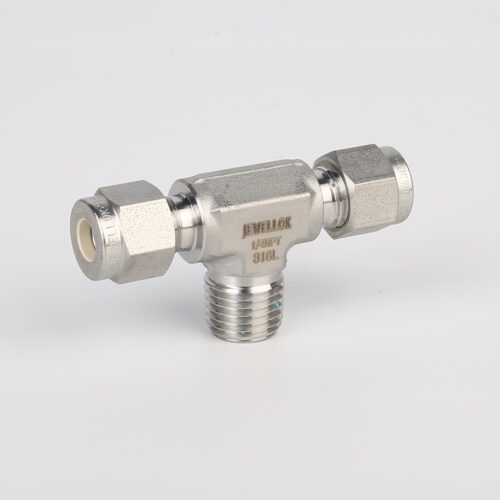
772L Male Branch Tee | Stainless Steel High-Purity Tube Fitting Male Branch Tee
-
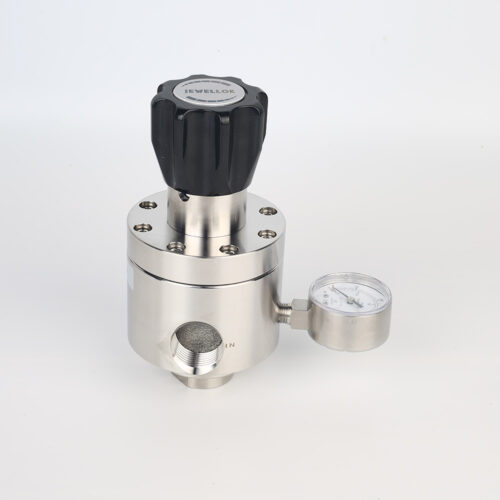
Low Pressure High Flow Line Pressure Regulators And Control Valves JSR-4L Series For Laboratory Pressure Control
-
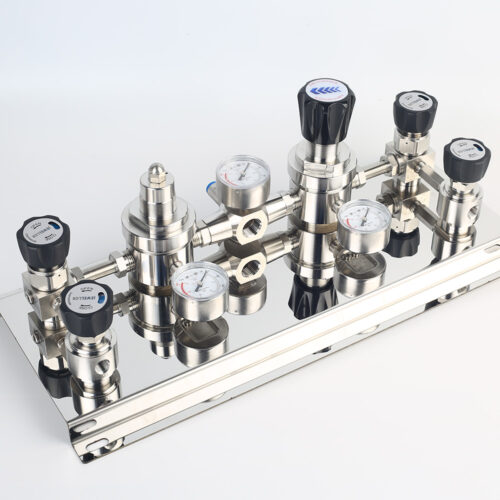
Stainless Steel Single Stage Semiconductor Grade Pressure Control Module Pressure Control Panels JSP-6A Series
-

Stainless Steel Mini Elbow Mini Tee Mini Cross Mini Tribow Ultrahigh Purity Mini Butt Weld Fittings
-
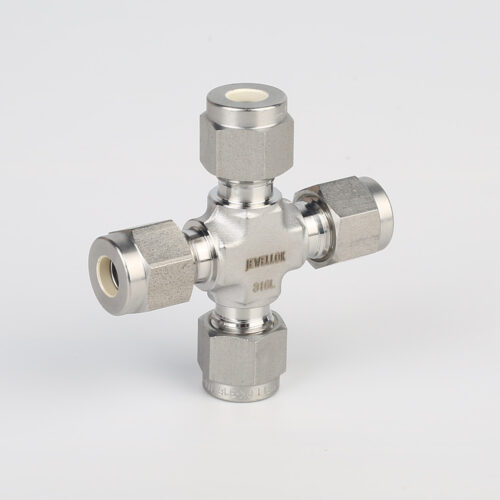
7102L Stainless Steel 316L SS Union Cross Ultra High Purity Long Arm Union Elbow Tee Cross Butt Weld Fittings
-
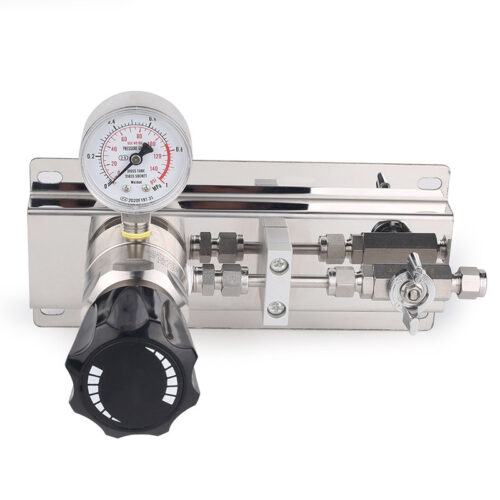
Medical Oxygen Single Stage Manual Gas Changeover Manifold Panel High-Purity Two-Stage Manual Gas Manifold Gas Pressure Control Panels
-
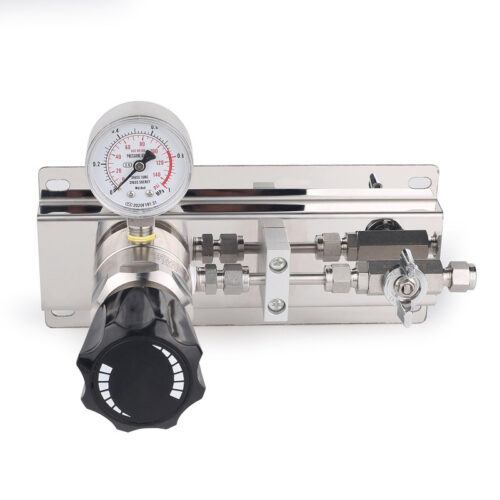
High Purity Gas Cylinder Semi Automatic Changeover Manifold Regulator Panel 3000psig Stainless Steel Gas Control Panel 1/8 Npt With Gauge